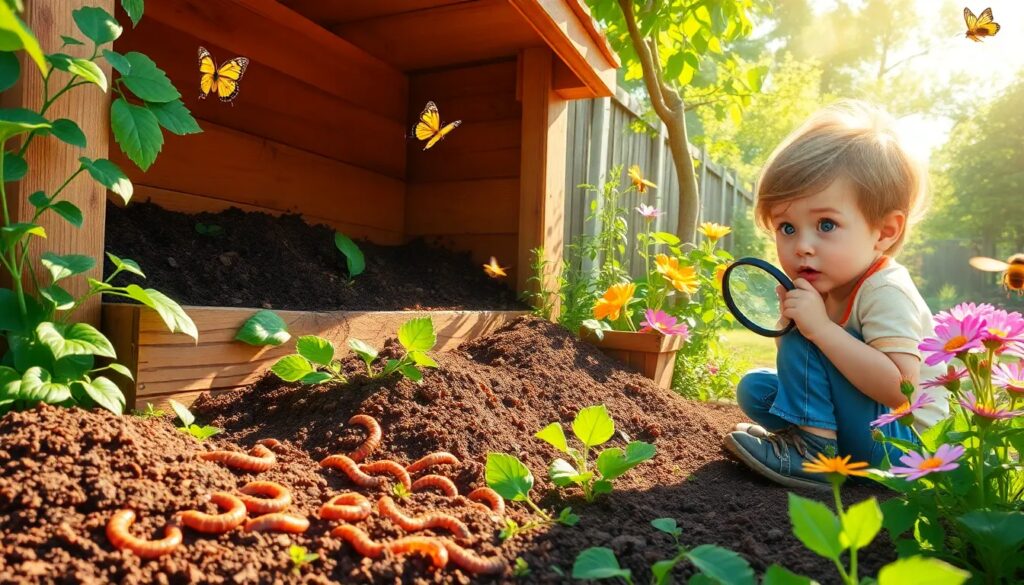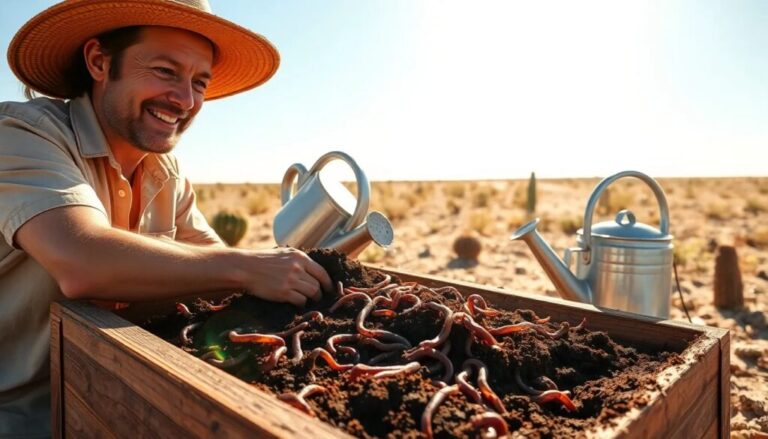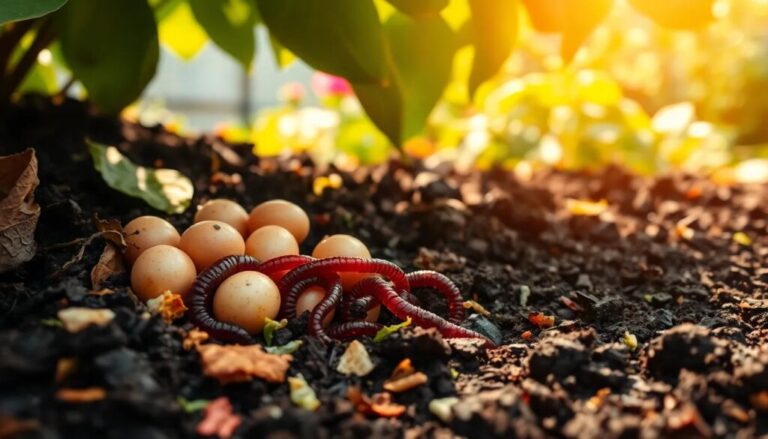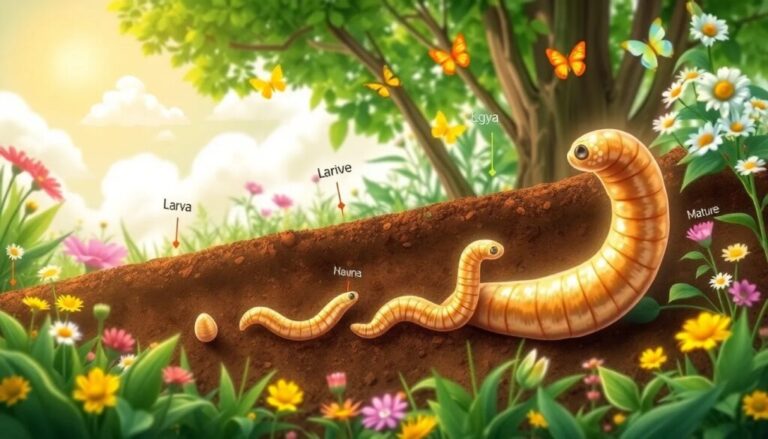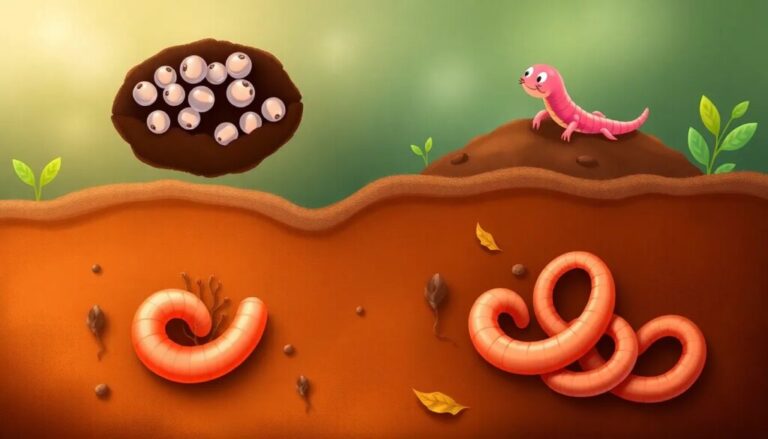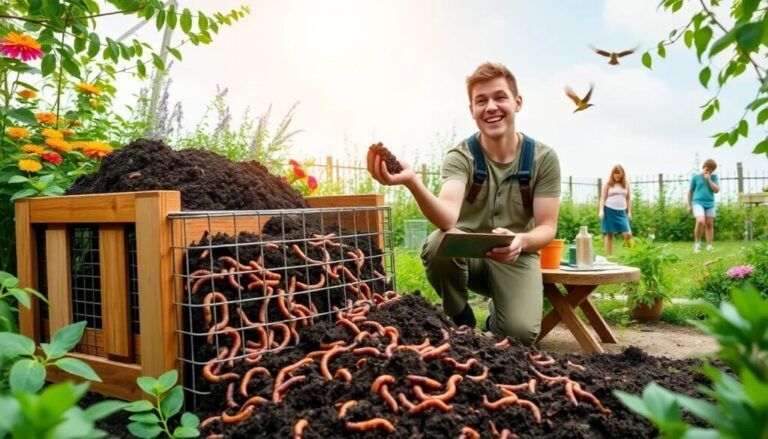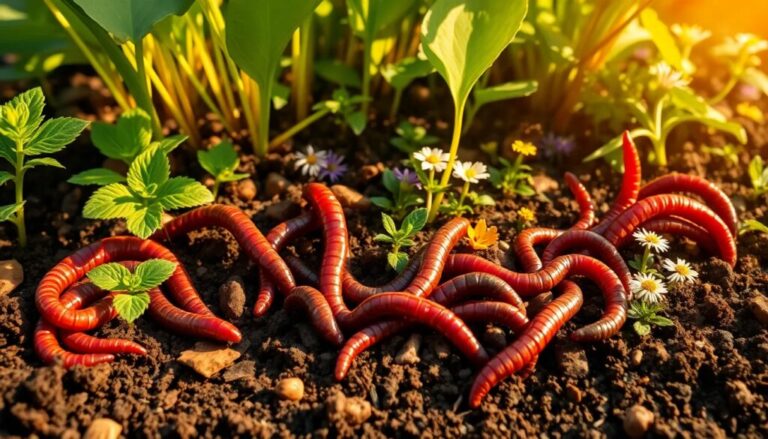What is a worm bed and how does it work?
Worm composting, or vermicomposting, is an eco-friendly practice that transforms organic waste into rich, nutritious fertilizer. This technique not only helps reduce the amount of trash sent to landfills, but also creates an ideal environment for healthy plant growth. In this article, we will explore what is a worm bed and how does it work?, as well as other important aspects of worm composting.
What is a worm bed and how does it work?
A worm bed is a system designed to cultivate worms that feed on organic waste, transforming it into high-quality compost. Worms, especially red worms, are efficient at breaking down organic matter and turning it into fertilizer. This process is not only beneficial for the environment, but also improves soil health.
The operation of a worm bed is quite simple: worms feed on food scraps, paper, and other organic waste. As they consume these materials, they produce worm castings, which are nutrient-rich excrement. This compost is excellent for enriching the soil of gardens and potted plants.
How to start a worm bin: 9 steps to vermicomposting success
Starting a worm bin is a simple process that requires following a few key steps. Here are nine steps to ensure success in your worm composting:
- Choose a suitable container, such as a plastic box or bucket.
- Make sure the container has drainage holes.
- Add bedding materials, such as shredded paper or cardboard.
- Introduce the worms, preferably red or tiger worms.
- Feed the worms with food scraps, avoiding inappropriate foods.
- Keep the container moist, preventing it from drying out.
- Control the temperature, ideally between 15-25 degrees Celsius.
- Regularly check the condition of the worms and their food supply.
- Collect the compost every 8-12 months, separating the worms from the compost.
By following these steps, you can create an efficient worm bin that will produce excellent compost for your plants.
What are the benefits of a worm bin?
Using a worm bin offers multiple benefits for both the environment and gardening. Among the most notable are:
- Waste reduction: Composting reduces the amount of waste sent to landfills.
- Soil improvement: The compost produced is rich in nutrients, which improves soil quality.
- Natural fertilizer: Worm castings and worm tea are excellent for plant growth.
- Ease of use: Worm bins are ideal for small spaces, such as apartments.
These benefits make worm composting aa opción atractiva para los jardineros y cualquier persona interesada en la sostenibilidad.
How long can you keep a worm bin without any worms dying?
The longevity of a worm bin depends on several factors, including feeding, environment, and overall care. Under optimal conditions, worms can live for several years. However, if not properly maintained, they may begin to die within a short period.
It is essential to monitor factors such as humidity and temperature inside the worm bin. If the worms do not receive enough food or if conditions are inappropriate, their health will be compromised. Generally, worms can tolerate a period without food of approximately 2-3 weeks, but it is vital to ensure that they have access to a suitable environment.
What not to put in a worm farm?
To maintain a healthy worm farm, it is crucial to know what materials to avoid. Some of the foods that should not be included are:
- Dairy products.
- Meat and fish.
- Oily or fried foods.
- Citrus fruits and onions.
These foods can attract pests and cause bad odors, as well as being harmful to worms. It is important to provide them with a balanced and appropriate diet.
How to make a simple worm bin for your garden?
Creating a simple worm bin for your garden is a rewarding and easy project. To do this, you will need:
- A plastic or wooden container with drainage holes.
- Bedding material such as shredded paper or hay.
- A few red or tiger worms.
Start by placing the bedding material at the bottom of the container, then add the worms and make sure to maintain good moisture levels. Gradually add food scraps to feed them. Remember not to overfeed them and check the condition of the compost regularly.
What materials are suitable for worm composting?
For successful composting with worms, it is essential to choose the right materials. Some of the best materials include:
- Raw and cooked vegetables (except onions and garlic).
- Fruit (avoiding citrus peels).
- Coffee grounds and coffee filters.
- Eggshells.
- Garden waste, such as dry leaves.
These materials provide a balanced diet for the worms and help create high-quality compost. It is also vital to avoid toxic or non-biodegradable materials.
How to maintain a healthy worm population in your wormery?
To maintain a healthy worm population in your wormery, follow these tips:
- Maintain proper moisture; the soil should be moist but not soggy.
- Control the temperature; ideally between 15-25 degrees Celsius.
- Feed the worms regularly, but don’t overload them.
- Check the condition of the worms and compost periodically.
By following these guidelines, you can ensure the well-being of your worms and maximize the efficiency of your composting system.
Knowing what is a worm bed and how does it work? is essential for anyone who wants to get started in the world of worm composting. Withun poco de paciencia y dedicación, podrás disfrutar de los beneficios de un jardín sano y sostenible.

